Why are we telling you about the best heart rate monitors for cycling when power meters have long been the ultimate way to measure your fitness on the bike? You'd be forgiven for thinking heart rate monitors had gone out of fashion, but they're still one of the most reliable methods of tracking performance and much more affordable than many alternative training aids.

The best heart rate monitor overall: Wahoo TICKR Heart Rate Monitor

Best arm-based heart rate monitor for multisporters: Polar Verity Sense Optical Heart Rate Sensor

Best cheap heart rate monitor: Kalenji Dual heart rate monitor

Best money-no-object heart rate monitor: Garmin HRM-Pro Plus

Best for connectivity with other devices: 4iiii Viiiiva Heart Rate Monitor

Best for Garmin fans: Garmin HRM-DUAL Heart Rate Monitor

Most affordable armband-style HRM: Coospo HW807 Heart Rate Monitor Armband

Wearable on the chest, wrist or arm: Myzone MZ-Switch

Best premium HRM : Polar H9 heart rate sensor

Best to use as an everyday smart watch with HRM: Garmin Venu 2 Plus
A heart rate monitor, as the name suggests, measures your heart rate in beats per minute and displays it on a screen. You can use a heart rate monitor as a training aid, setting target heart rate ranges for training sessions. Some monitors record your heart rate every second for later examination and may also estimate calories burned, useful if one of your cycling aims is to lose weight. A good heart rate monitor with lots of bonus features could prove to be one of the best cycling accessories you own, both for tracking your performance in real time and analysing it post-ride.
While heart rate can be affected by the time of day, how much caffeine you've consumed or tiredness, a heart rate monitor is still a very useful tool and costs much less than even the very cheapest power meter. Your two main options are between heart rate monitors that fit around your chest or wrist-based, with the former taking your heart rate from a sensor strap around your chest and the latter using an optical sensor. There are also other options available nowadays, such as heart rate monitor armbands and headphones.
Below is a selection of the best, tried and tested by the road.cc reviews team...
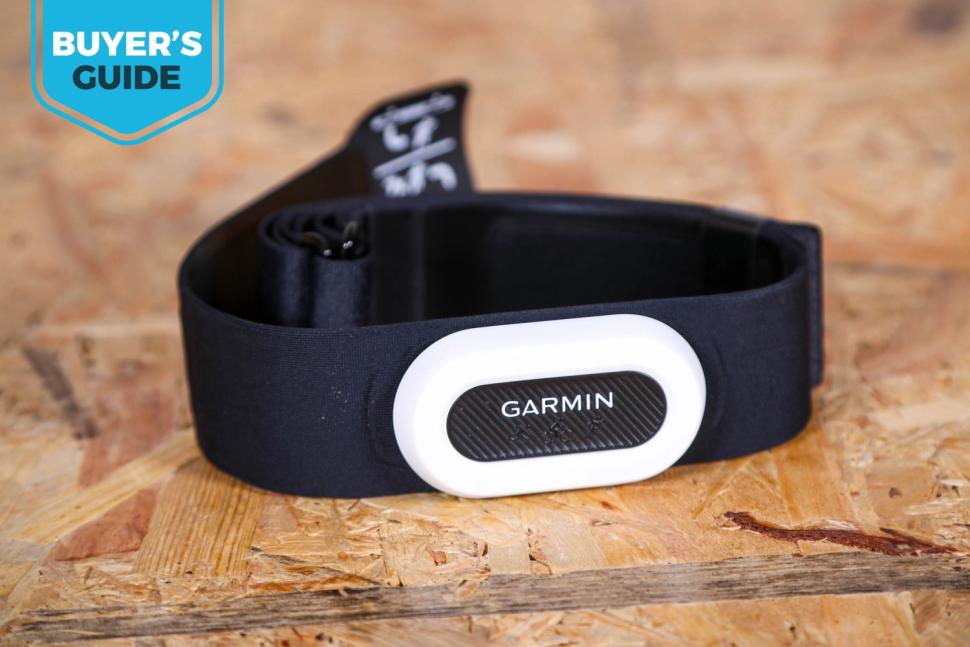










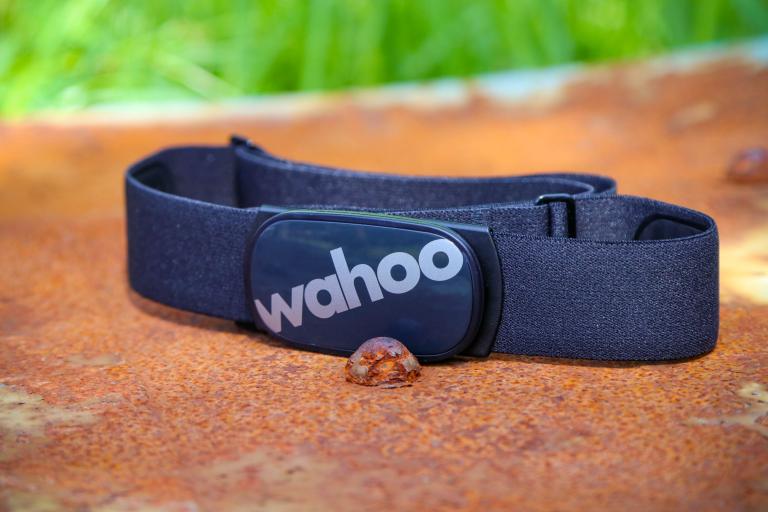
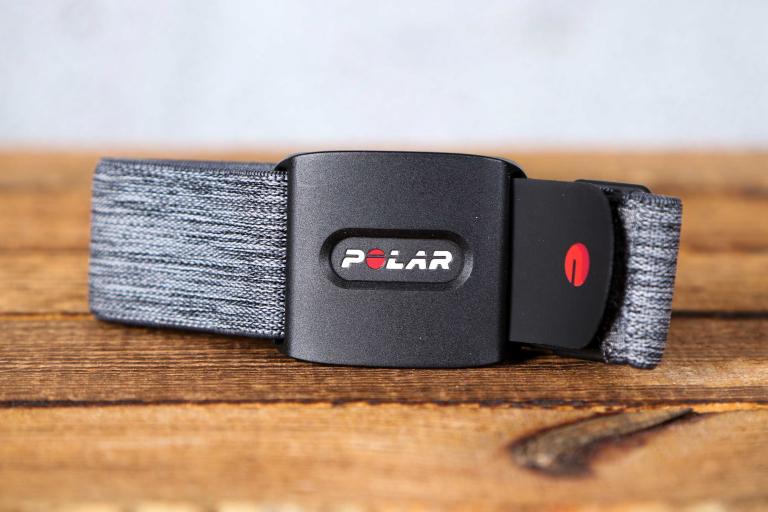
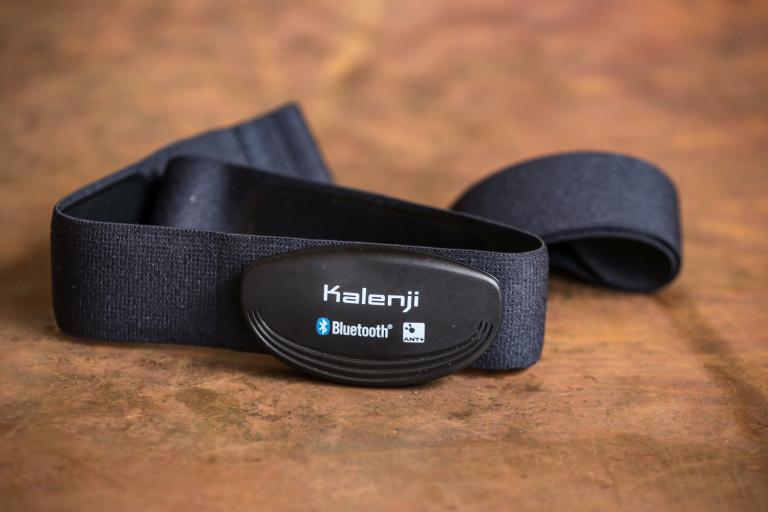
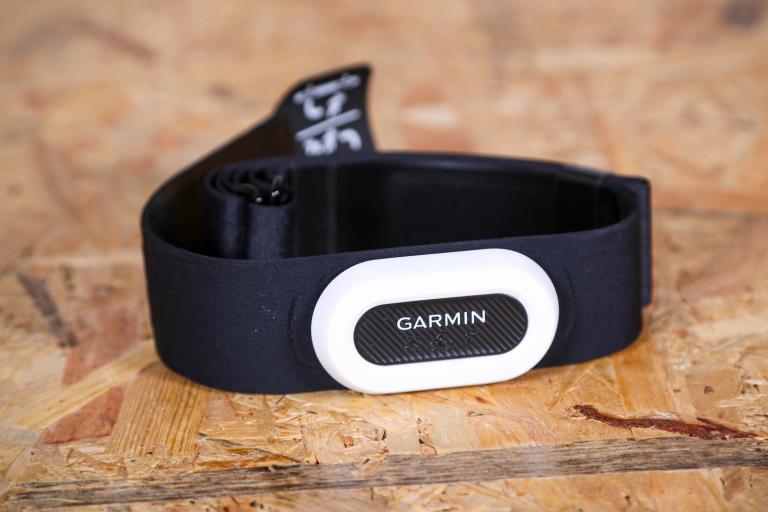
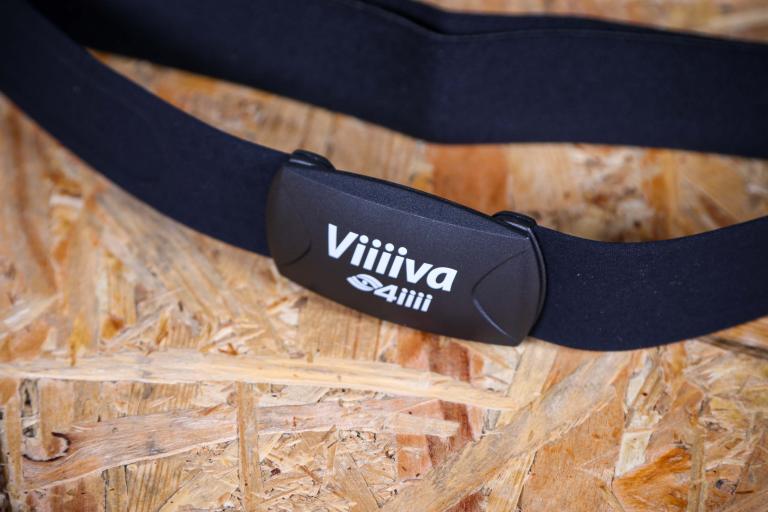
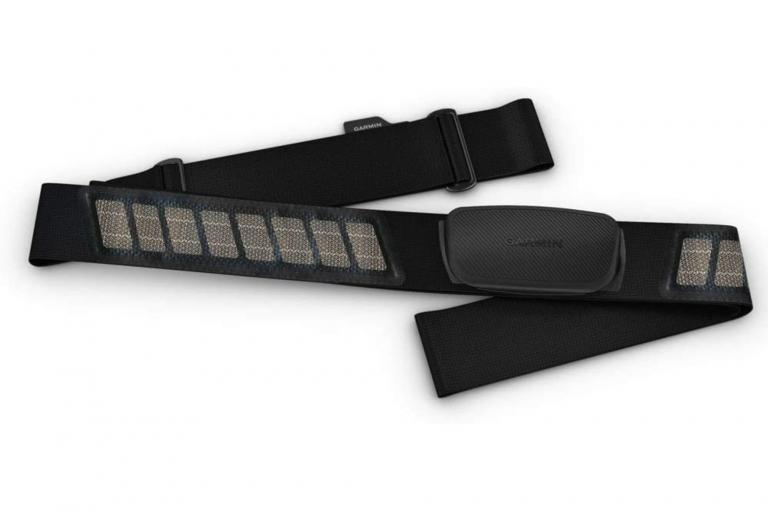
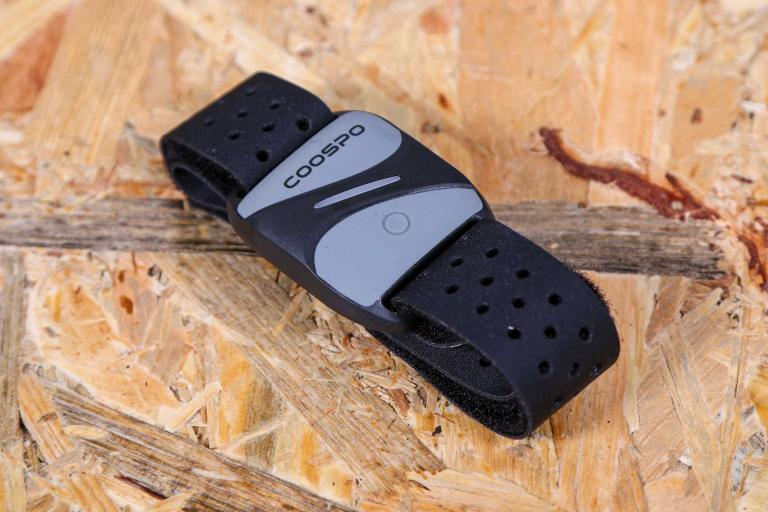

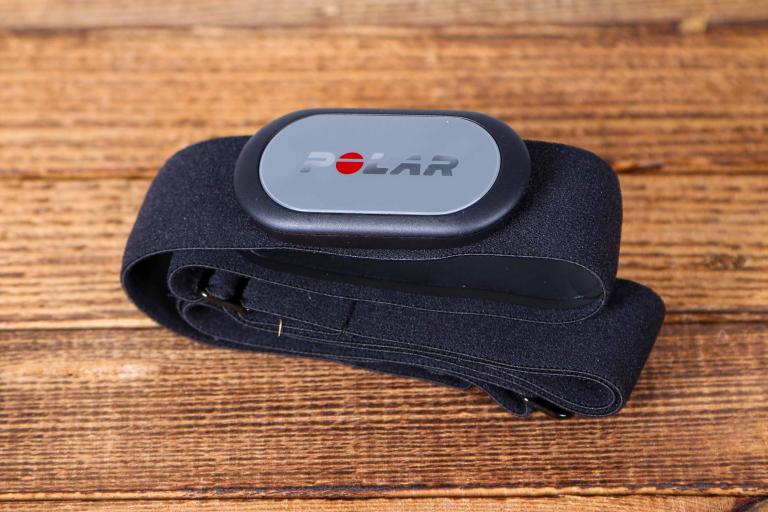
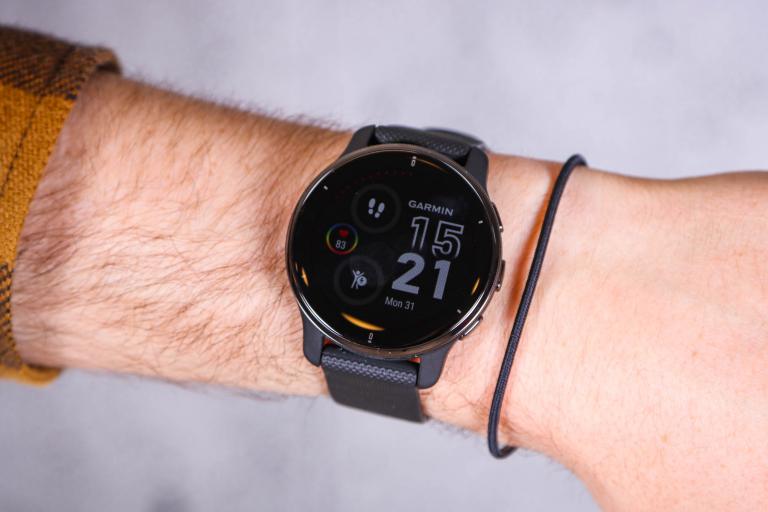
First Published Sep 9, 2022